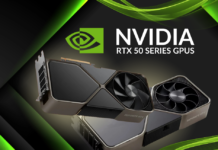In recent years, a new trend has exploded in the world of PC gaming:
The vertical assembly of the graphics card . But what about in fact? Should we better favor a horizontal or vertical assembly?
With manufacturers of graphics cards today offering breathtaking designs, dynamic RGB lighting as well as stylized cooling blocks, making a vertical graphics card assembly, logically allows all its aesthetic potential .
However, if we can only rejoice at the visual aspect of such an assembly, there are also some negative points to take into account.
When you mount your graphics card vertically in the case, the fans can come dangerously close to the glass or door of the case.
In any case, it will give you a vertical support for a graphics card. Here are our recommendations:
If you have a liquid-cooled graphics card, no worries there, but with air cooling, it can quickly become a real nightmare if the air circulation is not optimal. Your graphics card may not have access to enough fresh air to cool itself, leading to a more or less harmful drop in performance in the long term.
In this article, we'll focus on the positives and negatives of a vertically mounted graphics card, and then take a look at how this type of mounting affects performance. Finally, we will give you the keys necessary for quality vertical assembly. Let's go !
The advantages of vertical mounting of the graphics card
Unfortunately, vertical mounting of the graphics card doesn't offer many advantages...
In reality it only offers one:
Better aesthetics
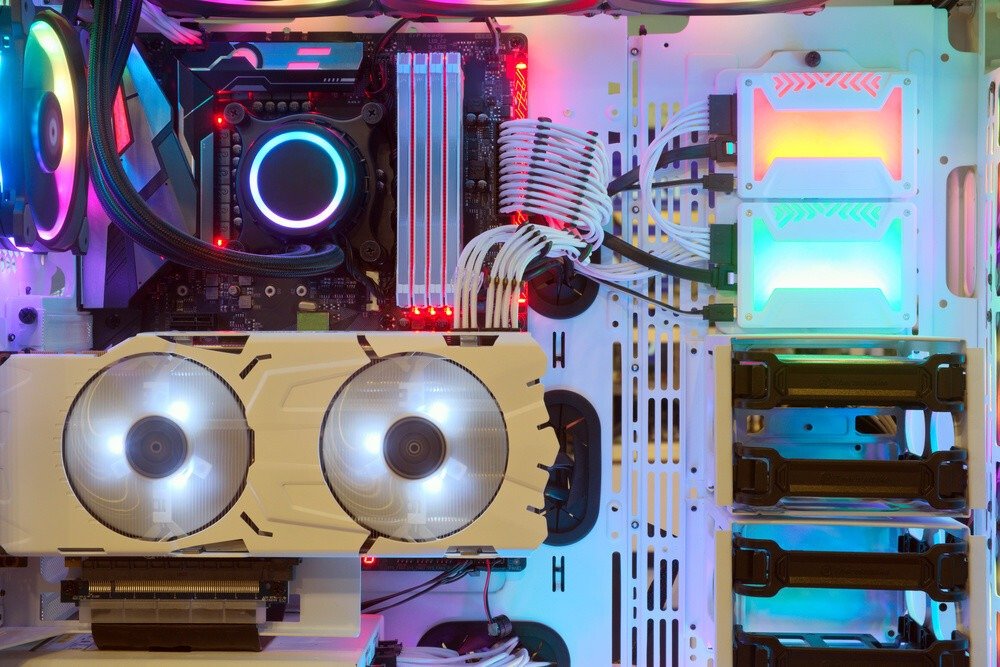
Vertical GPU brackets provide a full view of your graphics card as well as its cooling blocks which are, let's face it, the sexiest parts of your PC.
Today, a large number of graphics cards offer a modern design with stunning lighting effects to synchronize with the other components of your case.
Additionally, if your graphics card is water-cooled, a vertical bracket lets you see the coolant in action – a view you can't fully enjoy if your graphics card is mounted horizontally. These are the main reasons why streamers and more generally gamers are more inclined to be attracted to vertical montages.
But apart from this visual aspect, many specialists agree that there is no tangible advantage to having a vertically mounted graphics card.
Now the real question is: Do the disadvantages of vertical mounts ultimately outweigh the aesthetic and visual advantage?
The disadvantages of vertical GPU mounting
Let's take a look at the negative sides of vertical mounting. What are they ?
The ability to block other locations
In recent years, graphics cards have become thicker and thicker due to the cooling blocks they carry and there is a good chance that vertical mounting will end up blocking other slots, preventing you from installing anything there. whether it be.
If your graphics card is thin enough, you won't have any problems at this level.
Temperature increase
This is one of the main reasons why many professionals offer little or no vertical mounting solutions. By doing so, the mounting may significantly reduce the airflow of the case's cooling system. This will result in an increase in hot air which, in turn, will have a negative impact on all components. As you probably suspect, all this is far from being beneficial for the performance of your PC.
Additional Costs
Given the popularity of PC gaming aesthetics, many new high-end cases now feature vertical brackets for GPUs, although many of them do not have the PCI-E cable necessary to connect the graphics card to the motherboard. So unless your case already has one, you will need to invest in a good quality PCI-E cable.
Now that we have shed light on the disadvantages of vertically mounting a graphics card, let's take a closer look at the overheating that such mounting can cause in your case.
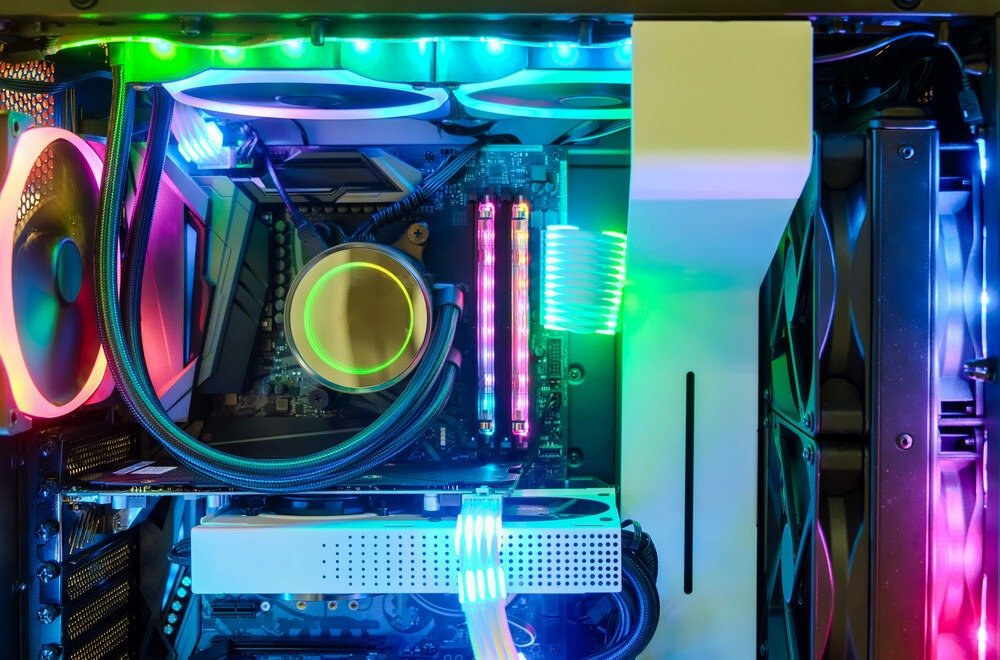
How can vertical mounting of a graphics card affect its thermal regulation?
Mounting a graphics card vertically has a negative effect on temperature. However, there are many things at work that make this happen. Below we will understand how this process works.
Restricted airflow
As we saw above, if you are using an air-cooled graphics card and you decide to mount it vertically, there is a good chance that it will be too close to your glass thus reducing the flow of cool air necessary for its cooling. The thicker the cooling block of your graphics card, the closer it will come dangerously to the glass.
Temperature increase
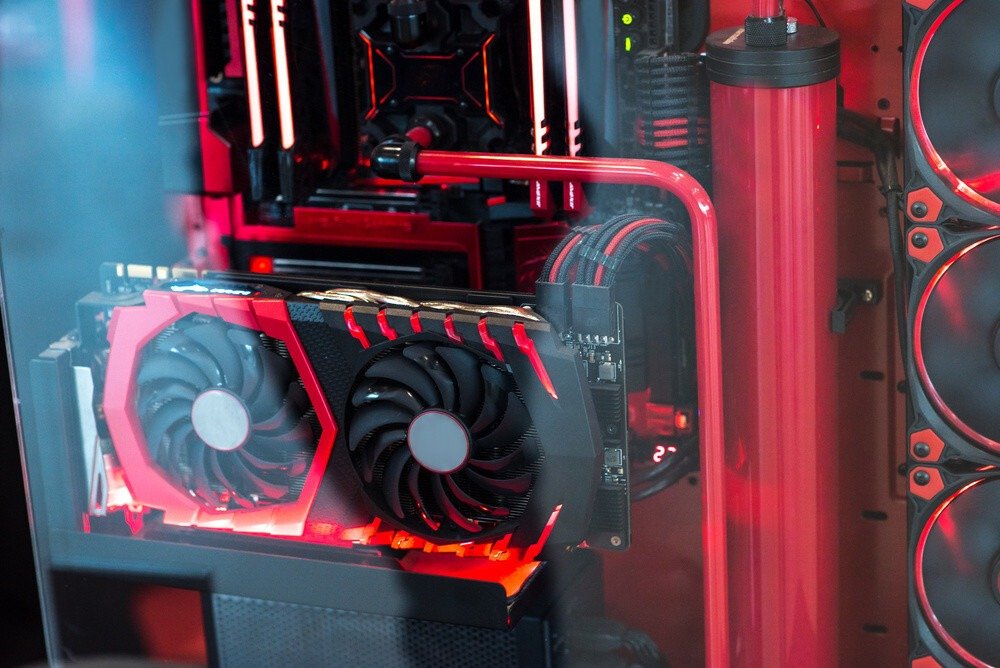
The next step in the process will be to increase the temperature of the graphics card to around a hundred degrees Celsius. No need to draw it for you.
Good to know : If you want to know more, here are some solutions to reduce the temperature of a graphics card that is heating up !
Decreased processing speed and performance
When the temperature rises, your graphics card realizes this and begins to reduce its graphics processing speed and performance. Normally, the effect will not be felt immediately, but for games that require a large configuration, this can quickly become a big problem.
Thermal Throttling
Actual thermal throttling takes place when the graphics card's temperature rises above a certain threshold and begins to significantly reduce performance in order to continue operating. This problem is less common with new generation graphics cards.
Decreased graphics card lifespan
This is perhaps the most serious problem when it comes to vertical mounting of graphics card, namely the reduction in its lifespan. Continued use of your PC components at excessively high temperatures will have a negative impact on their lifespan.
For optimized vertical mounting
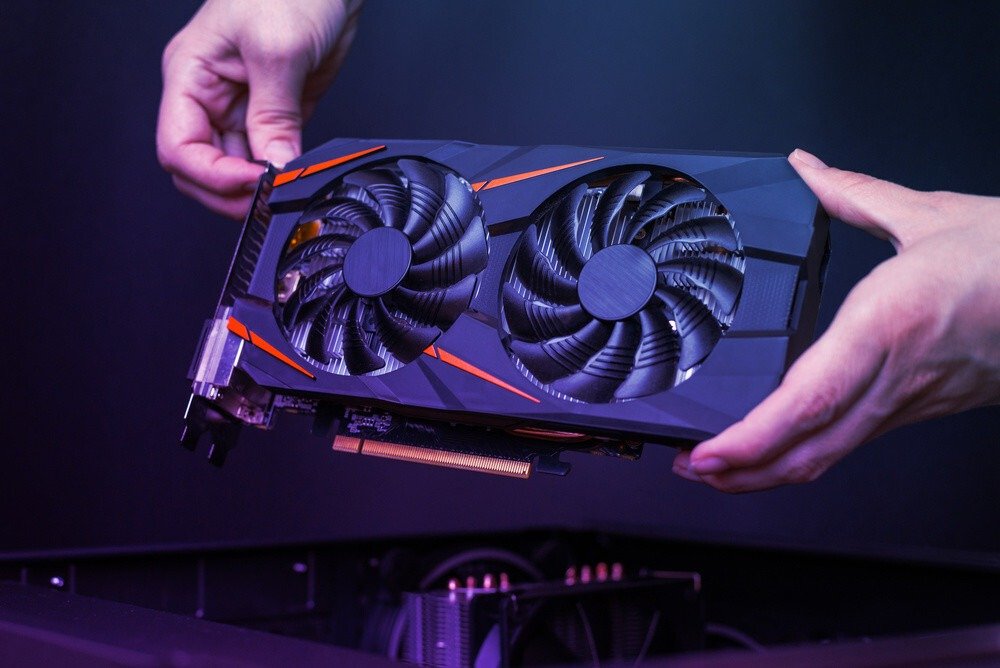
There's no denying that a vertical mount is much more stylish than a standard mount, but unfortunately it comes with a number of downsides. However, there are two things you can do to vertically mount your graphics card and not impact the temperature.
The first is to invest in a graphics card holder that fits your case.
For this, you will have to carry out certain measurements before purchasing the support so that the mounted graphics card is not stuck to the glass and has room to breathe properly.
The second approach is a little more expensive, and is to use a water cooling system . More air flows in this process and therefore more problems. This is undoubtedly the best way to make an optimized vertical assembly.
Apart from these two methods, we strongly advise against mounting your graphics card vertically , as this is highly likely to end badly and affect the power and lifespan of your entire machine.



